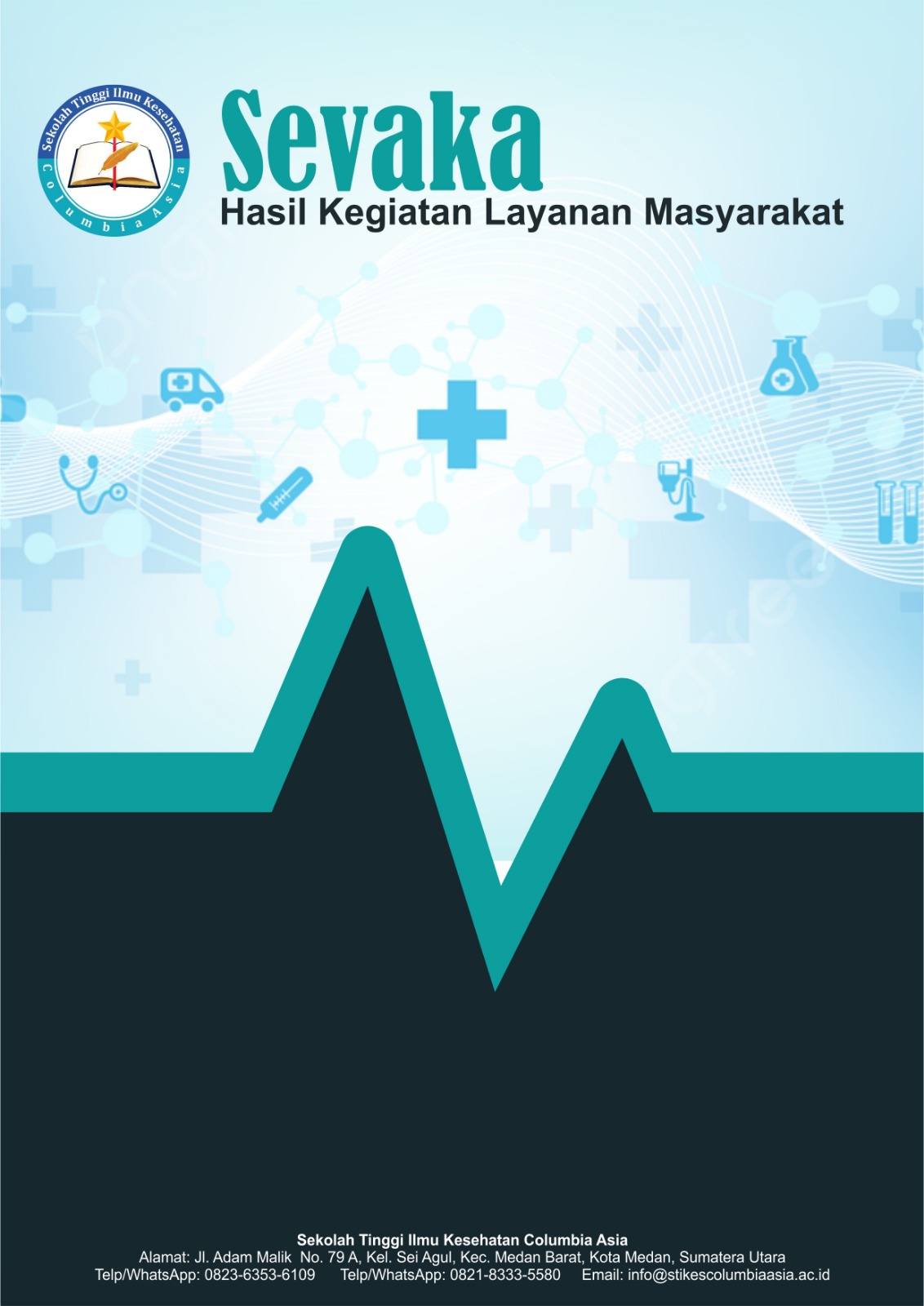Dampak Screen Time Terhadap Kesehatan Mata, Pola Tidur Dan Konsentrasi Siswa
DOI:
https://doi.org/10.62027/sevaka.v3i2.448Keywords:
screen time, , eye health, sleep patterns, learning concentration, digital education.pregnant women, health educationAbstract
The development of digital technology has significantly changed students’ lives, especially in learning and entertainment activities. However, the high intensity of using electronic devices such as smartphones, tablets, and computers has increased the amount of time spent in front of screens (screen time). Excessive screen time has adverse effects on eye health (e.g., dry and tired eyes), disrupts sleep patterns due to blue light exposure, and reduces students' concentration in learning. This community service program aimed to raise students' awareness and knowledge regarding the negative impact of prolonged screen time and provide education on mitigation strategies, such as the 20-20-20 rule, screen time limitations, and healthy sleep routines. The program was conducted through educational outreach and interactive discussions involving 88 students from grades X and XI at SMA Negeri 1 Tomohon in May 2025. Evaluation was carried out using pre-tests and post-tests along with feedback questionnaires. The results showed a significant improvement in students’ understanding of screen time risks and how to manage it. Participants also demonstrated high enthusiasm, as reflected in active involvement during Q&A sessions and their adoption of the tips provided. This program is expected to be the first step in fostering healthy digital habits among students.
References
Alzahrani, A. M., Alghamdi, A. S., & Alzahrani, H. A. (2021). Impact of screen time on sleep. quality, academic performance, and mental health among university students. Journal of Family Medicine and Primary Care, 10(5), 1905–1910. https://doi.org/10.4103/jfmpc.jfmpc_1944_20.
American Academy of Pediatrics. (2016). Media and Young Minds. Pediatrics, 138(5), e20162591. https://doi.org/10.1542/peds.2016-2591.
American Optometric Association. (2021). Computer Vision Syndrome. Retrieved form https://ww.aoa.org.
Chang, A.-M.,et al. (2015). Eveling use of light-emitting eReaders negatively affects sleep, circadian timing, and next-morning alertness. Proceeding of the National Academy of Sciences, 112(4), 1232-1237.
Hale, L., & Guan, S. (2015). Screen time and sleep among school-aged children and adolescents: A systematic literature review. Sleep Health, 1(4), 302–310. https://doi.org/10.1016/j.sleh.2015.08.007.
Kementerian Kesehatan Republik Indonesia. (2022). Risiko Penggunaan Gadget Berlebihan pada Anak. https://www.kemkes.go.id.
Nugroho, R. A., & Wahyuni, D. (2020). Pengaruh penggunaan gadget terhadap kesehatan mata siswa sekolah dasar. Jurnal Ilmu Kesehatan Masyarakat, 11(2), 145–152.
Putri, N. W., & Kurniawan, Y. (2020). Hubungan Screen Time dengan Kualitas Tidur pada Remaja. Jurnal Kesehatan, 11(1), 45–52. https://doi.org/10.22219/jk.v11i1.12345.
Rahmawati, L., & Sari, R. P. (2022). Pengaruh Durasi Penggunaan Gadget terhadap Konsentrasi Belajar Siswa Sekolah Menengah. Jurnal Pendidikan dan Kesehatan, 10(2), 89–97.
Twenge, J. M., & Campbell, W. K. (2018). Associations between screen time and lower psychological well-being among children and adolescents. Preventive Medicine Reports, 12, 271–283.
UNICEF. (2022). The State of the World’s Children 2022: Children, digital technology, and wellbeing. Retrieved from https://www.unicef.org.
World Health Organization. (2019). Guidelines on physical activity, sedentary behaviour and sleep for children under 5 years of age. https://www.who.int/publications/i/item/9789241550536.
World Health Organization. (2020). Digital Health and Wellbeing. Retrieved from https://www.who.int.
Downloads
Published
How to Cite
Issue
Section
License
Copyright (c) 2025 Sevaka : Hasil Kegiatan Layanan Masyarakat

This work is licensed under a Creative Commons Attribution-ShareAlike 4.0 International License.







